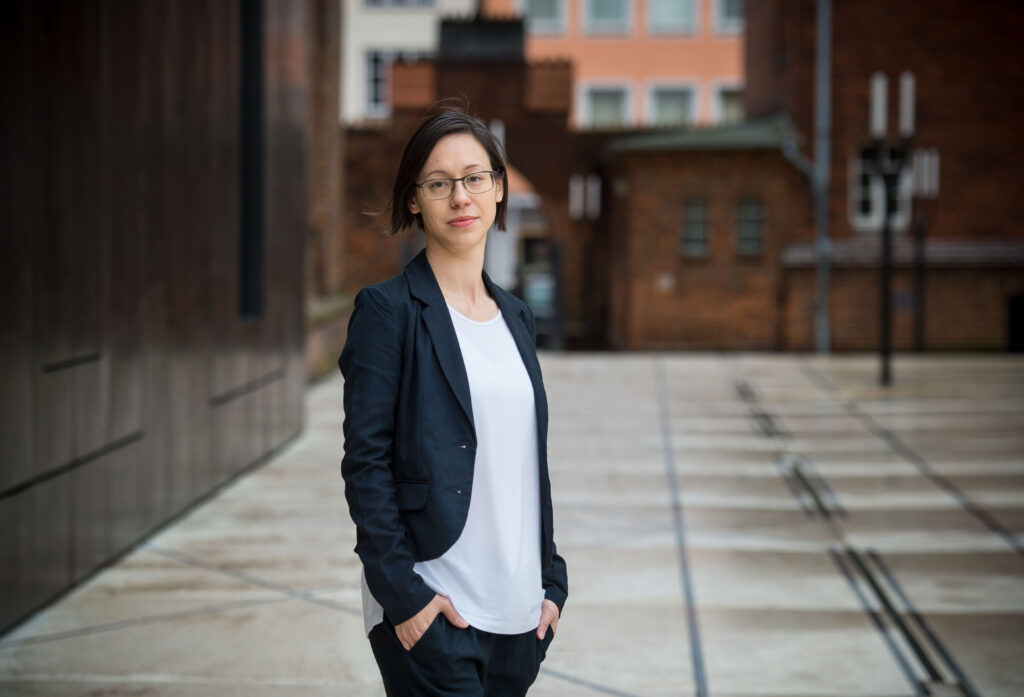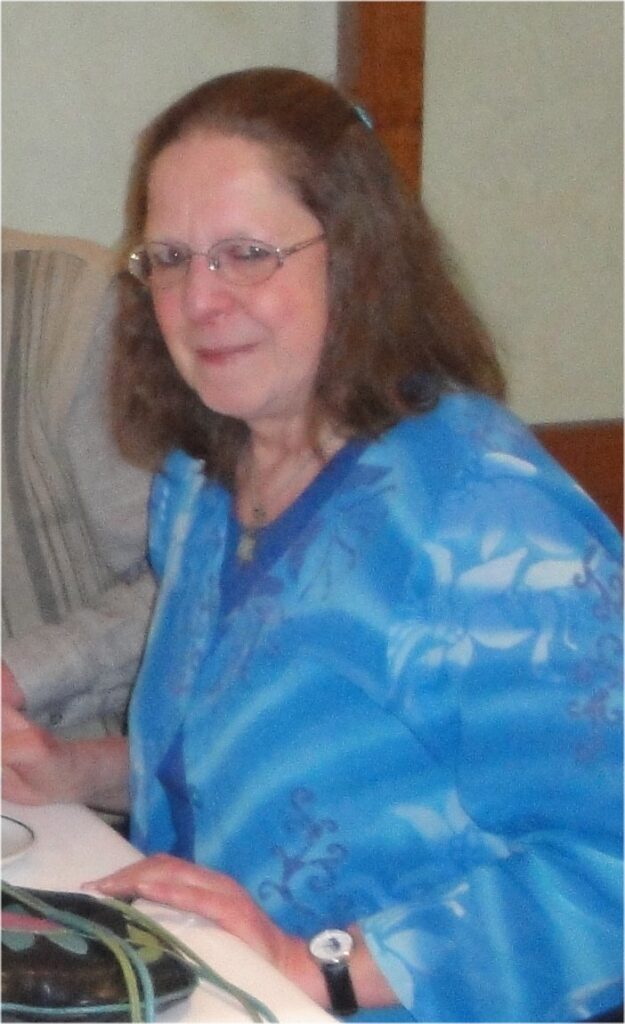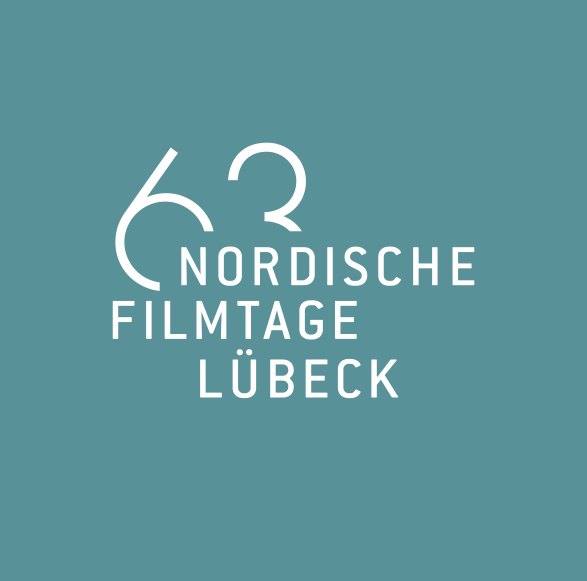__________
PDF Program
Have a glance into the past conference program:

__________
Nordic Fulldome Nights
Prior to the NPA Conference, the Hamburg Planetarium celebrated the Nordic Fulldome Nights. From Tuesday, Oct. 26th to Thursday, Oct. 28th 2021, the Hamburg Planetarium screened a selection of Fulldome Shows from the previous Nordic Film Days (2016-2020) Fulldome Program for the Hamburg public audience.
___________
Our Key Speakers

A view on the Hanseatic League from Today
Throughout the history of the Hanse, Lübeck has been a major hub of trade of goods and knowledge, and the city was well connected with many cities of the Nordic und Baltic countries. But how can this historic economic network be regarded from nowadays perspective? Are there any similarities to the European Union? The Research Centre for Hanse and Baltic History (FGHO) at the European Hansemuseum conducts and coordinates historical and interdisciplinary research on the German Hanse and related topics, in the former sphere of Hanse trade, stretching from Portugal to Russia.
Dr. Angela Ling Huang, Managing Director of the Research Centre for Hanse and Baltic History (FGHO) at the European Hansemuseum https://fgho.eu/en/staff
___________

Astronomers, Observatories and Astronomical Activities in the Baltic
Astronomical clocks, typical for the Hanseatic region, or the Gottorf Globe, made in Schleswig in the baroque period, are extremely interesting in terms of cultural history. Special mention should be made of famous astronomers or instrument makers and their discoveries and developments: Copernicus, Tycho Brahe, Ole Roemer, etc. The first observatories were supported by patrons such as dukes or kings, but also academy and university observatories (the oldest is the „Specula“ in Rostock, 1662) and private observatories (Hevelius in Danzig) were founded in the Hanseatic Cities. Very famous is the Struve Arc (1816 to 1856), which was added on the Unesco World Heritage List.
Prof. Dr. Gudrun Wolfschmidt, Hamburg Observatory, Center for History of Science and Technology, Professor at the University of Hamburg, https://uni-hamburg.academia.edu/GudrunWolfschmidt



